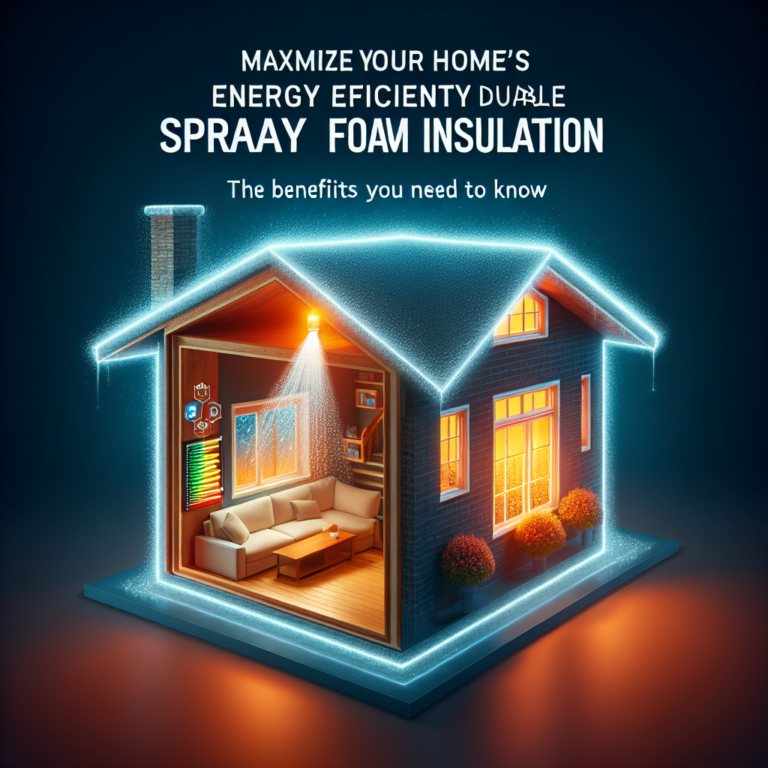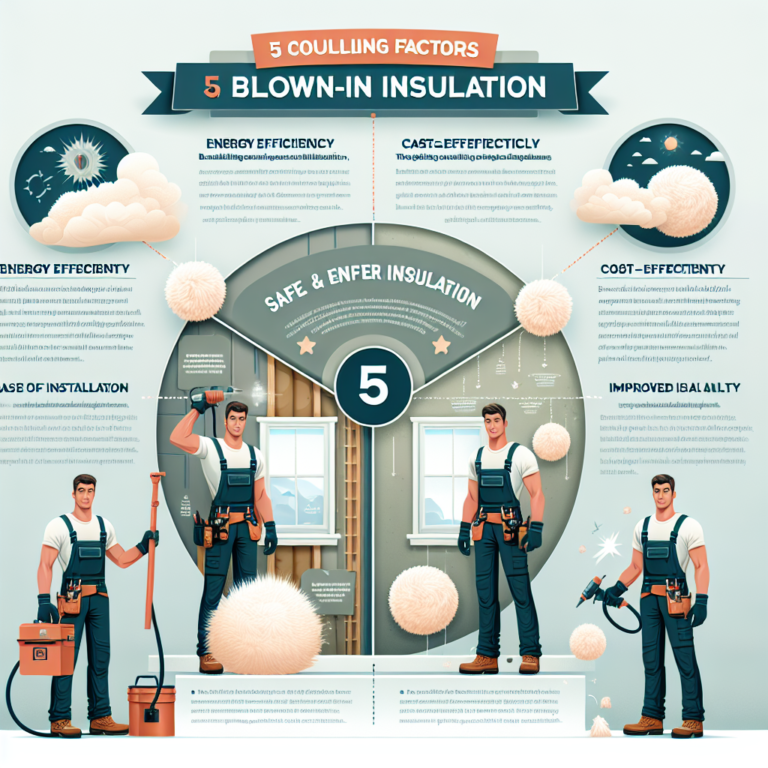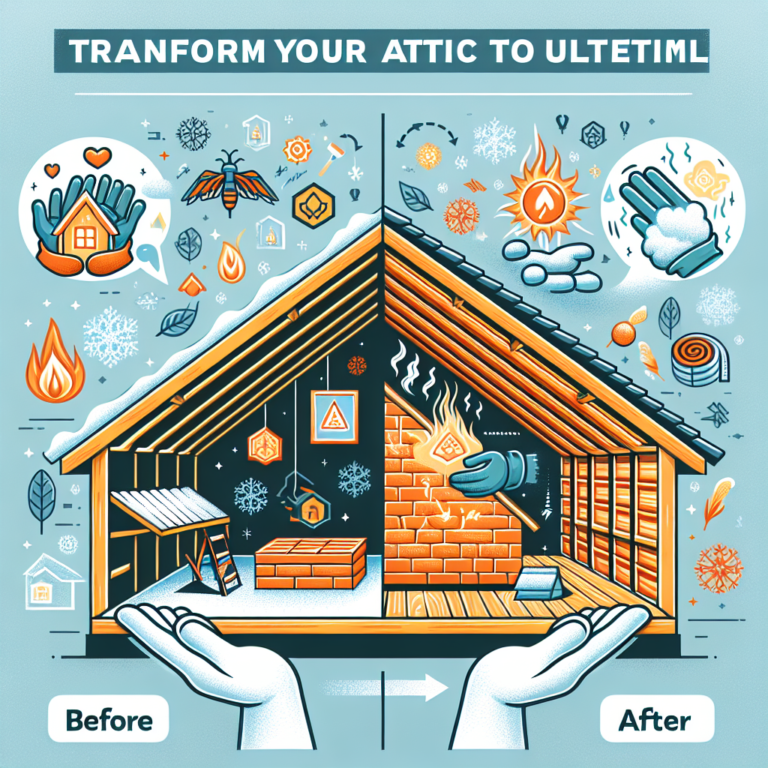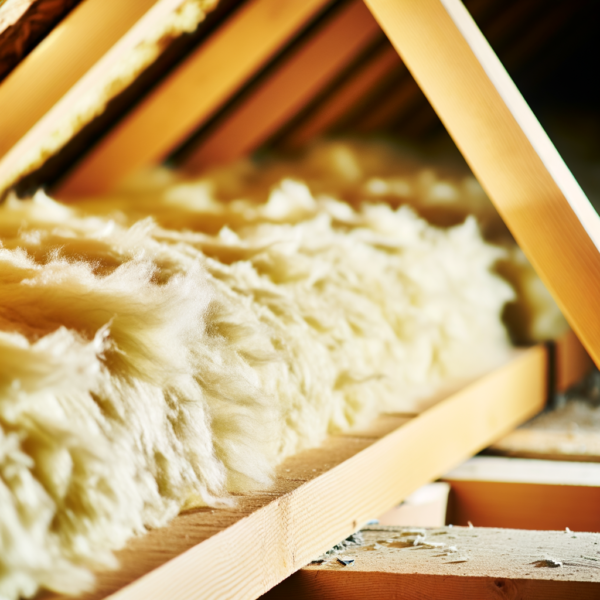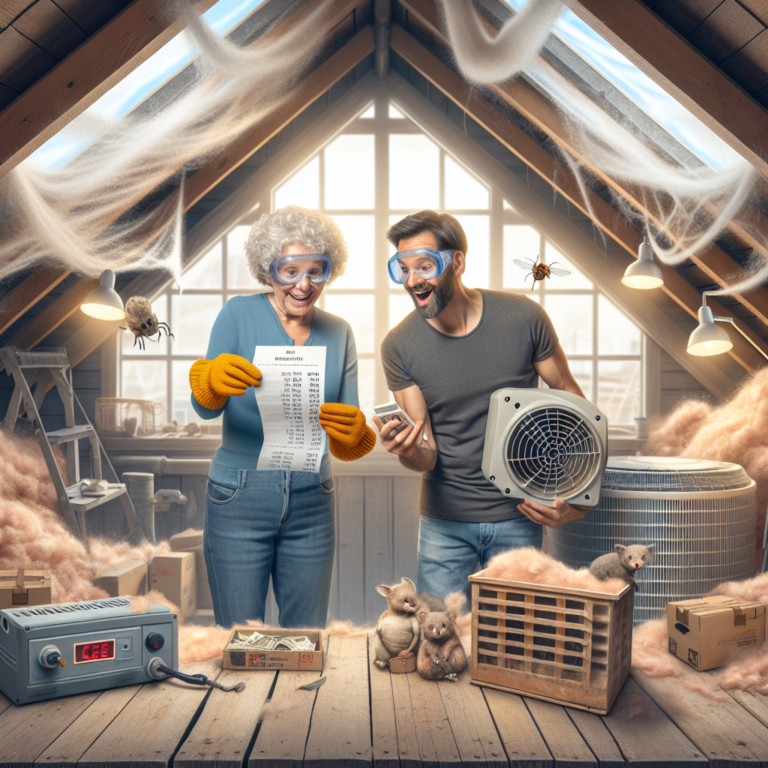Revive Your Old House with Blown-In Insulation: Say Goodbye to High Energy Bills!
Introduction
Old houses have character: solid wood floors, crown molding and a history in every corner. But they also often come with thin walls, drafty attics and sky-high energy bills. If you’re tired of cranking the heat or air conditioning just to stay comfortable, blown-in insulation could be the game-changer your home needs. By filling every nook and cranny in your attic, walls or crawl spaces, blown-in insulation creates an airtight barrier that keeps conditioned air inside and unwanted outdoor temperatures at bay. Read on to discover how this efficient, cost-effective upgrade can revive your old house and slash your heating and cooling costs.
The Benefits of Blown-In Insulation for Older Homes
Older homes were built in an era before today’s energy-saving standards. Walls may be under-insulated, attics poorly sealed and countless hidden gaps allow heat to escape in winter and seep in during summer. Blown-in insulation transforms these drafty spaces into a thermal fortress:
• Complete Coverage: Unlike rigid batts, loose-fill insulation conforms to irregular shapes, tight corners and around wiring or plumbing. Every crevice is filled.
• Higher R-Value Per Inch: Materials like cellulose or fiberglass blown in at the right density can yield higher R-values than older batt products, delivering stronger resistance to heat flow in less space.
• Minimal Disruption: Installation requires only small access holes—no tearing out walls or lifting entire floors—so your renovation stays clean and quick.
• Noise Reduction: The thick, dense layer of insulation also dampens sound, cutting down on street noise, loud neighbors or storm rumbles.
• Fire Resistance & Pest Deterrence: Treated cellulose resists fire and discourages insects, while fiberglass and mineral wool are naturally fire-safe and do not provide food sources for pests.
• Eco-Friendly Materials: Many blown-in products use recycled urban waste (newspaper, glass), reducing landfill burdens and lowering your home’s carbon footprint.
How to Properly Install Blown-In Insulation in an Old House
A professional installation ensures maximum energy savings and safety. Here’s what the process looks like:
1. Assessment and Preparation
– Inspect existing insulation for moisture, mold or pest damage. Remove compromised material before proceeding.
– Seal obvious air leaks around chimneys, recessed lights, ducts, plumbing vents and attic hatches using caulk or expanding foam.
– Install baffles at eave vents to maintain continuous airflow from soffits up through the roof deck.
2. Choosing the Right Material
– Cellulose: Made from treated recycled paper; great for filling voids and offers excellent sound control.
– Fiberglass: Inorganic and non-combustible; ideal where moisture resistance is needed.
– Mineral Wool: Higher density and soundproofing; naturally mold-resistant.
3. Blowing Technique
– A hose feeds insulation from a hopper into the target space.
– Technicians monitor depth with gauges or marked poles to achieve the recommended R-value (typically R-38 to R-60 in cold climates).
– Even distribution is critical: installers work in systematic patterns to avoid low spots or over-packed areas.
4. Final Inspection
– Ensure no vent obstruction—insulation must stay clear of soffit and ridge vents.
– Patch access holes, vacuum residual fibers and verify uniform coverage.
Common Mistakes to Avoid When Using Blown-In Insulation in an Older Home
Even though blown-in insulation is forgiving, mistakes can undermine its performance or cause damage:
• Skipping Air Sealing: Insulation alone won’t stop drafts. Seal leaks first to prevent convective loops that draw conditioned air out.
• Overlooking Moisture Barriers: In humid climates, a vapor barrier or proper roof ventilation is essential to prevent condensation and mold growth.
• Ignoring Existing Insulation Problems: Layering over wet, mildewed or vermin-infested material traps moisture and pathogens—always remove and replace compromised insulation.
• Incorrect Depth: Falling short of manufacturer-recommended inches wastes energy; over-packing may put undue stress on joists or block necessary airflow.
• DIY Without Expertise: Operating a blower machine and knowing local code requirements takes training—an inexperienced attempt can damage ceilings, warp joists or leave gaps.
Q&A About Blown-In Insulation
Q1: How quickly will I see energy savings?
A1: Many homeowners notice a 10–30% drop in heating and cooling costs within the first billing cycle after installation.
Q2: Can blown-in insulation be added to walls without major demolition?
A2: Yes—holes the size of a quarter are drilled between studs, insulation is injected, and holes are patched to match the existing wall.
Q3: Is blown-in insulation safe for indoor air quality?
A3: Modern materials are treated for fire and pests, and when installed properly with adequate ventilation, they pose no health risks.
Conclusion
If your charming old house feels more drafty than delightful—or your wallet shivers with every utility bill—blown-in insulation offers an efficient, minimally invasive solution. By sealing hidden gaps, boosting your home’s R-value and creating a comfortable, noise-reduced environment, this upgrade pays for itself through lower energy bills, improved air quality and enhanced resale value. Revive your old house with blown-in insulation today and say hello to cozy winters, cool summers and lasting savings!


